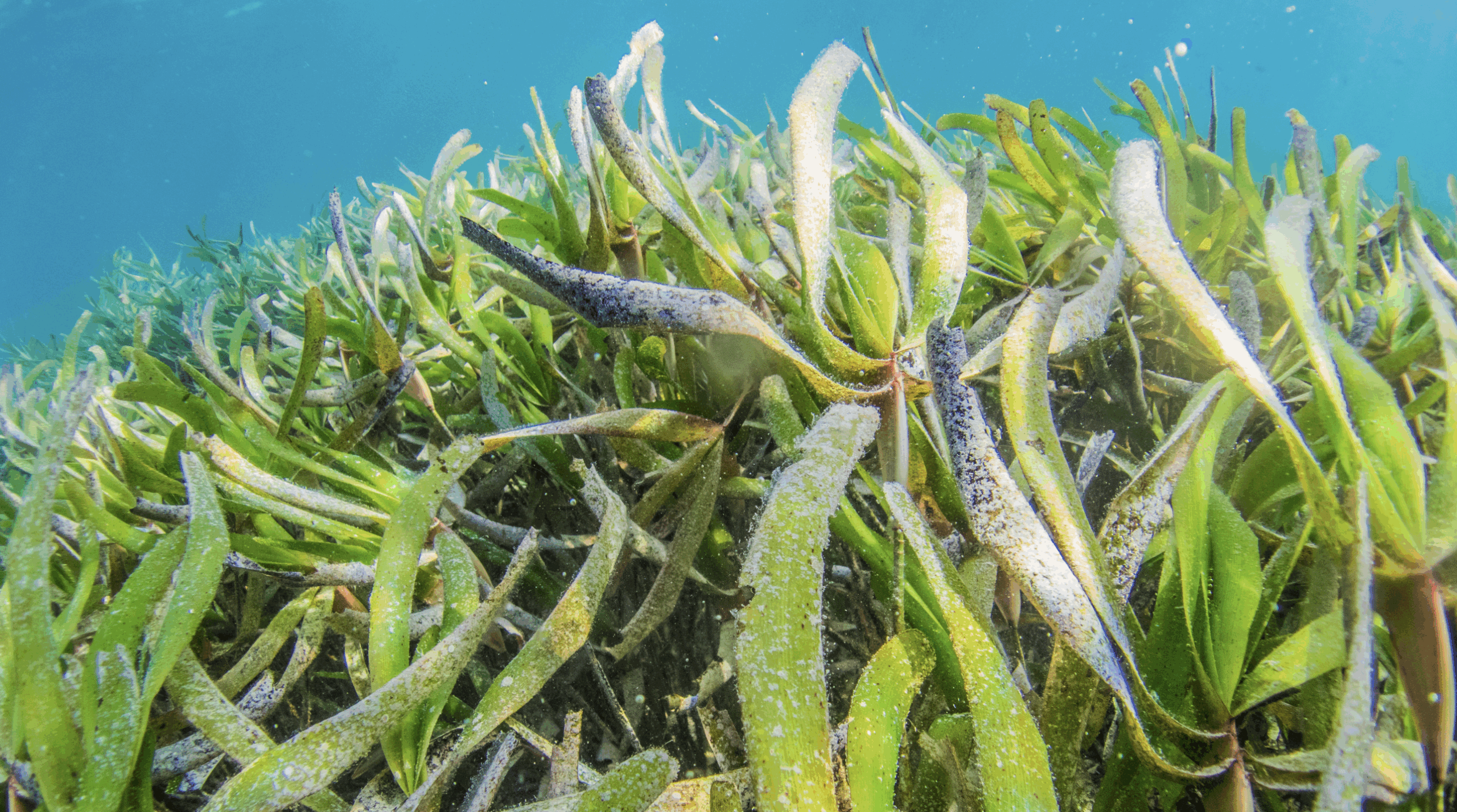IMOS is producing a comprehensive national seagrass mega-dataset, which will soon be available through the new Australian Ocean Data Network (AODN) Portal.
Developed as part of the IMOS Data Uplift program and supported by the National Environmental Science Program (NESP MaC Project 5.9), the dataset aggregates more than 65 individual collections into a unified, cloud-optimised Parquet format. Covering over 3.2 million geospatial survey points from 1967 to 2025, it provides the most consolidated view of seagrass distribution along the entire Australian coastline.
Each record is tagged with enhanced metadata, including links to Australian Marine Parks and Commonwealth marine regions, along with a common spatial index to support subsetting and temporal/spatial analysis. The dataset is designed to underpin the upcoming State of the Environment Report, as well as ongoing research, conservation, and policy initiatives.

Seagrasses are recognised globally as an Essential Ocean Variable. They provide critical habitat, stabilise sediments, and store carbon. However, seagrass data has historically been fragmented across regions and institutions. By harmonising these datasets, IMOS and AODN are making essential information more accessible to marine scientists, managers, and decision-makers to track trends, identify threats, and guide conservation action. Additional datasets will be added before final release.
The initiative is a partnership with the NESP Marine and Coastal Hub, through the project Making marine environmental data more assessment-ready (Project 5.9). Tim Moltmann, Independent Chair of the Hub, says:
“Australia is fortunate to have world-class marine research infrastructure, institutions, and applied research programs. What we don’t always do so well is the synthesis and analysis step, to turn high quality research data into information and products that can be used by governments and industries in routine assessments of the marine environment. Project 5.9 is investing into this gap, using the 2026 State of Environment Report as its primary use case.
We see this as a really exciting project given the impetus provided by the review of the Environment Protection and Biodiversity Conservation Act 1999 (the Samuel Review) and the Sustainable Ocean Plan. By combining the strengths of IMOS, AODN and NESP, we can provide decision makers with better information, faster – exactly what’s needed in response to rapid changes in the marine environment.”
Image credit: Ocean Image Bank, Ben Jones
